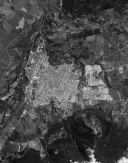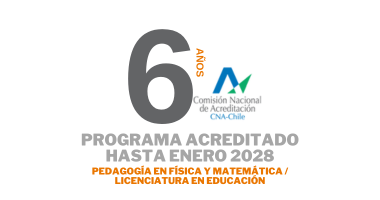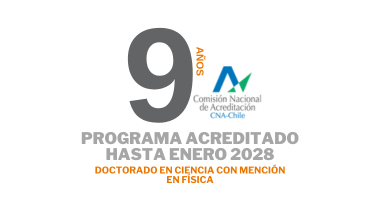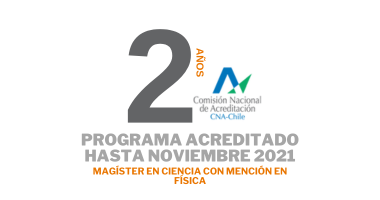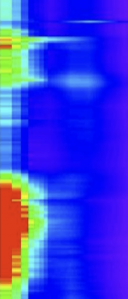
|
Relationship between UV Energy and Formation of Secondary Particles in Santiago de Chile
Despite reduction efforts, the concentration of PM2.5 (particulate matter ≤ 2.5 µm in diameter) has remained steady or even grown slightly in Santiago, Chile, over the last few years. However, this potential increase may be due to the formation of secondary particles rather than a rise in primary emissions. Therefore, this study measured the size distribution of particulate matter with an Electrical Low Pressure Impactor (ELPI; Dekati) to investigate the generation of secondary ultrafine particles at several sites in this metropolitan area during 2013 and 2018. Little formation was detected during winter, but more activity was observed during fall, and the highest generation of these particles was found during summer, when the number of new particles between 10 and 20 nm in diameter displayed an obvious peak in the afternoon during periods of high solar radiation. Overall, no clear relationship was discerned between the secondary particle number and the UV radiation until the latter exceeded ~4.5 kJ m–2, when an almost linear correlation (R2 = 0.739) appeared. Additionally, the particle number exhibited a much lower correlation with the total solar energy, indicating that UV solar radiation plays the major role in ultrafine particle formation. However, these trends may only apply to polluted cities, which already contain elevated particulate matter concentrations. Also, the fact that secondary formation primarily occurs in Santiago during summer, when the PM2.5 level is low, confirms that large numbers of pre-existing particles inhibit the creation of new ones.
|


